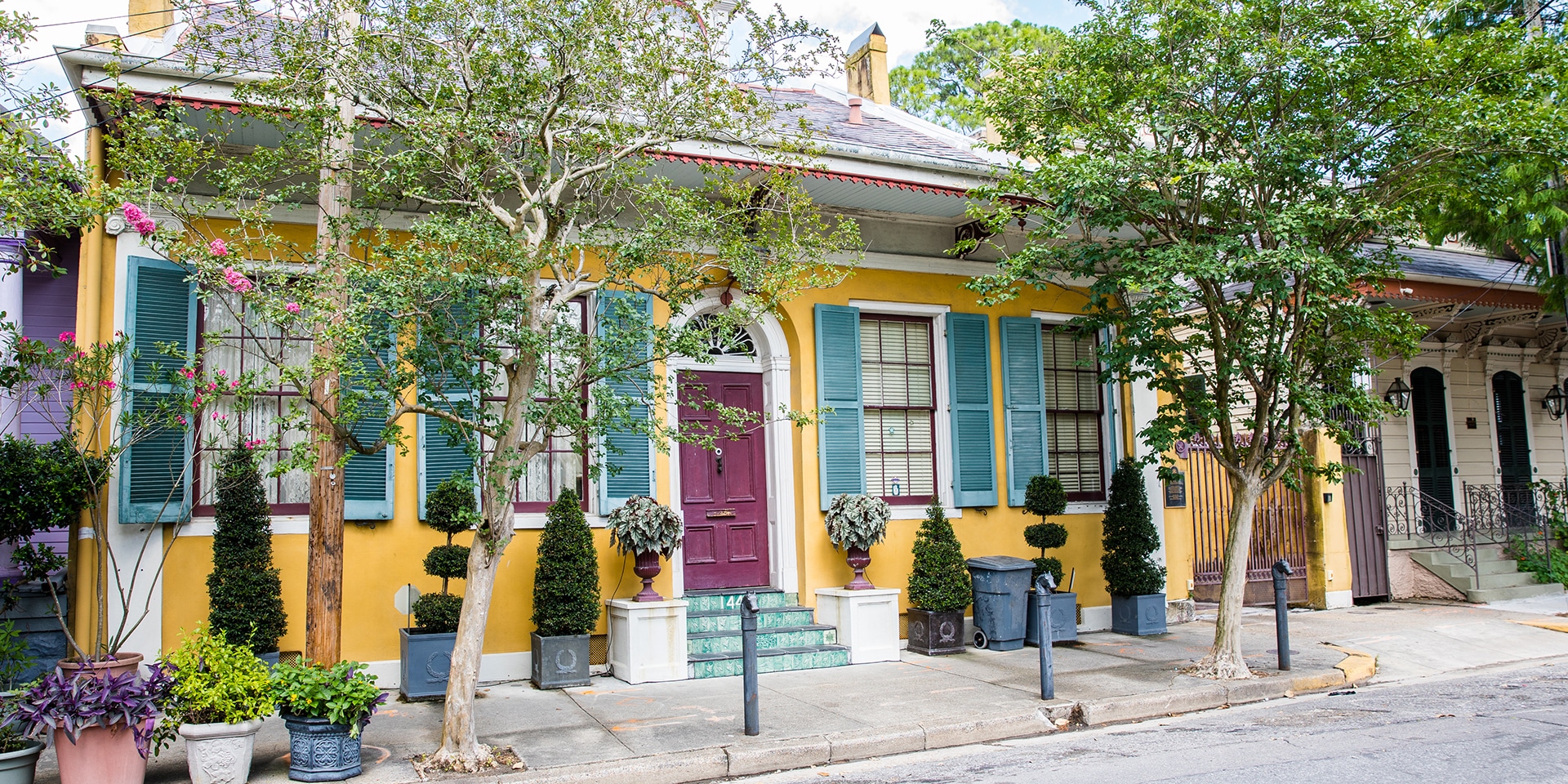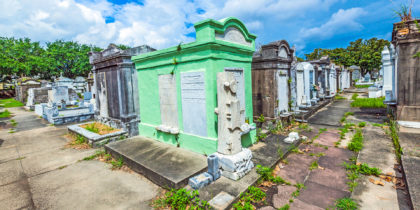New Orleans is a city bursting with local love. Fierce pride — in school, in tradition, in your family gumbo recipe — flows like a river through sidewalk musicians and crawfish boils, the festivals and rhythms that interlace to create an unmistakable place.
Stray beyond the French Quarter, a natural magnet for visitors, and you can delve into the city’s actual neighborhoods, the only way to get a glimpse of the real New Orleans.
Here’s a snapshot of three neighborhoods in New Orleans that offer portals into the city’s world-famous culture. As always, be sure to check for any travel restrictions and closures before planning your trip.
Tremé
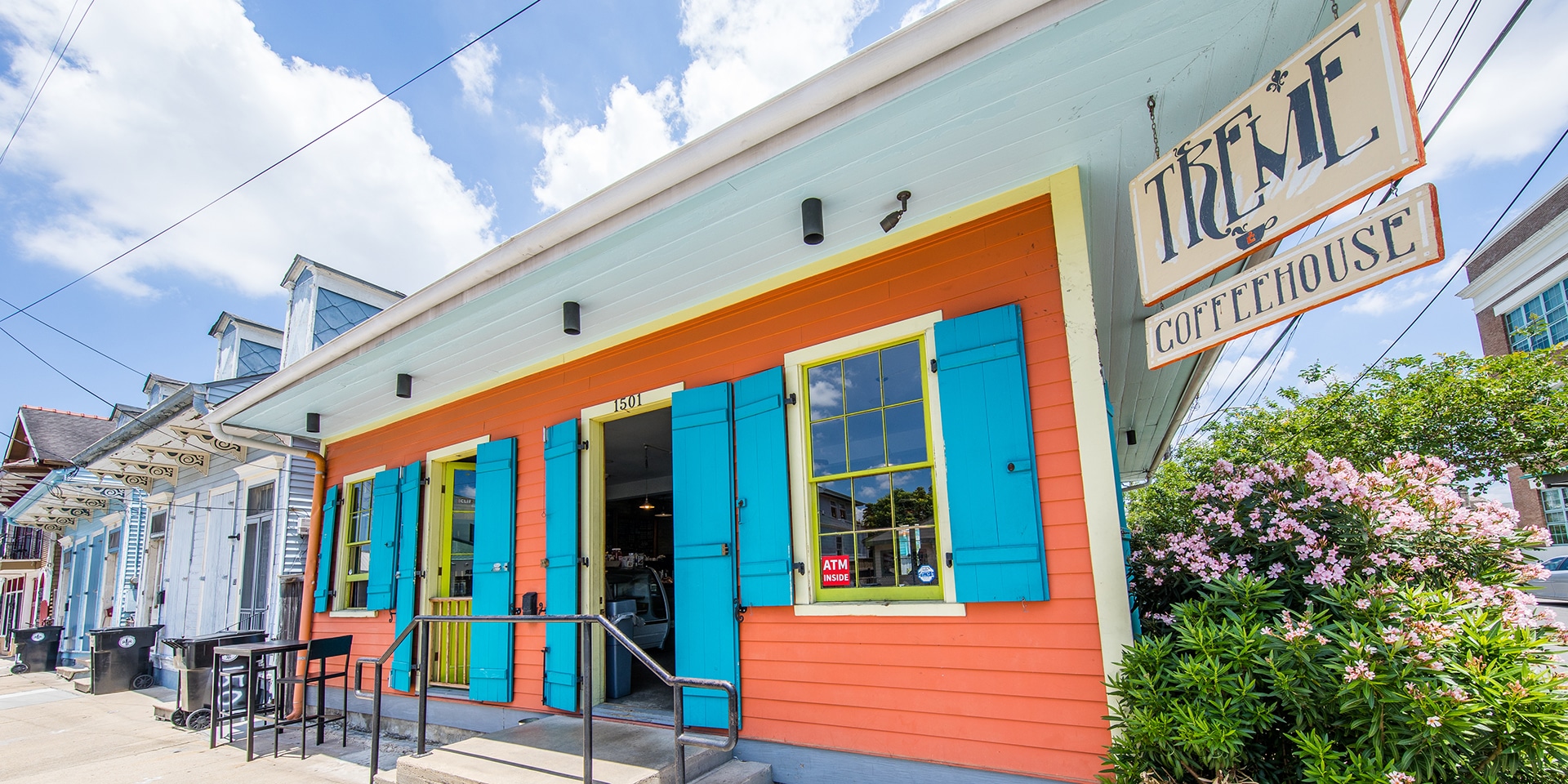
The oldest majority-black neighborhood in the U.S. has plenty of bragging rights. Like most neighborhoods in New Orleans, Faubourg Tremé began as a plantation. Frenchman Claude Tremé purchased the land — situated just north of the French Quarter — at the end of the 18th century.
Once a throughway canal was built between the French Quarter and Bayou Saint John in 1794, Tremé started selling off the land to developers, who offered housing to whites, Creoles, and free people of color. Since then, Tremé has gained a rich cultural history, becoming the birth to jazz and attracting a large Creole and immigrant population.
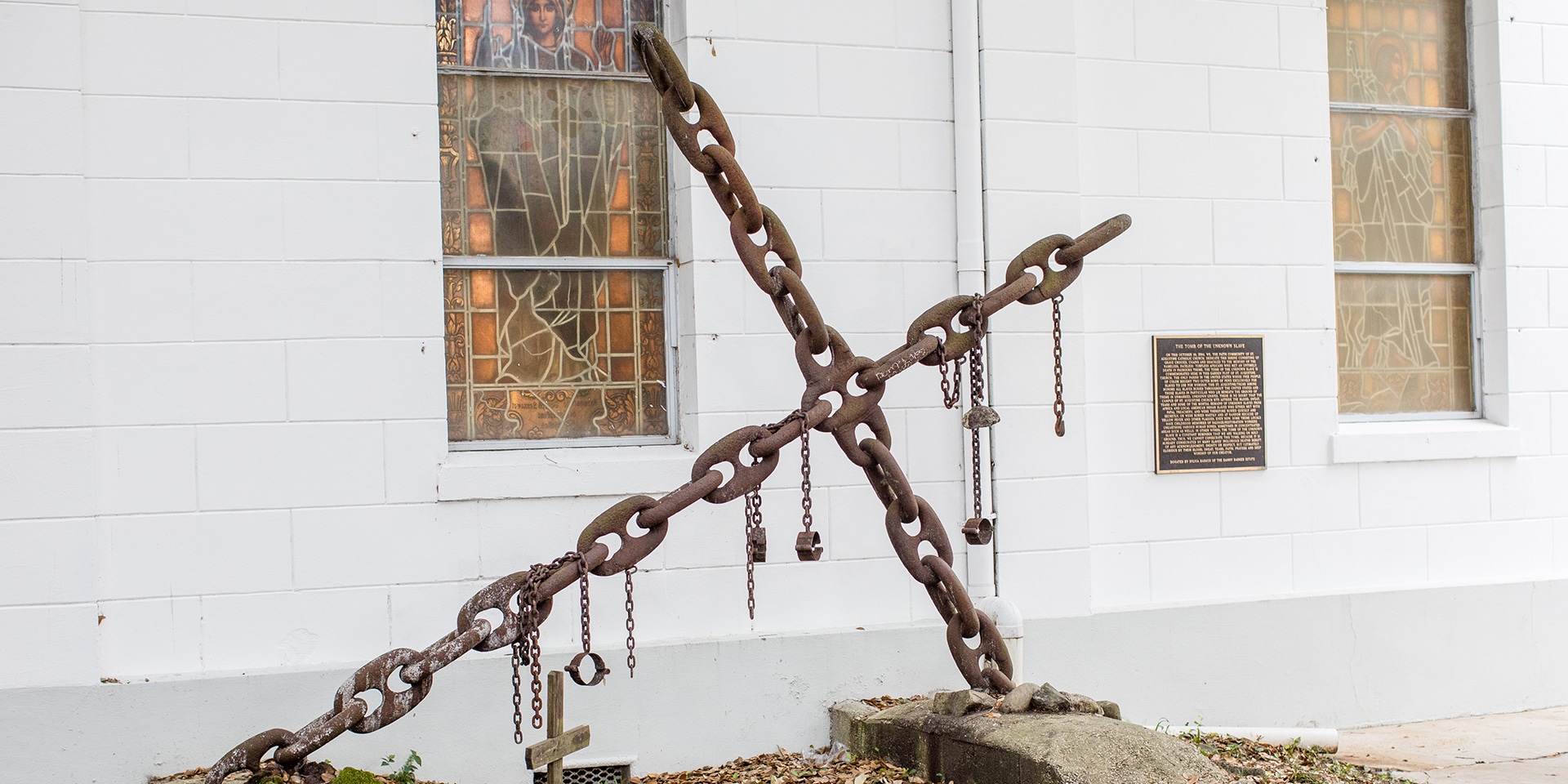
A visit should include St. Augustine’s Church, where visitors can find the Tomb of the Unknown Slave — a monument made of chain links and shackles installed in 2004 as a tribute to the unnamed men and women who died in slavery.
Also make a point of stopping by Congo Square in Louis Armstrong Park, where slaves gathered on Sundays throughout the 18th and 19th centuries to drum, dance and trade. And finally, a visit to the Backstreet Cultural Museum, a private collection of Mardi Gras Indian regalia, is a must.
Tip: Tour groups offer insightful strolls of the neighborhood, sometimes combined with music performances by local musicians at the sunny, intimate Tremé Coffeehouse.
Marigny
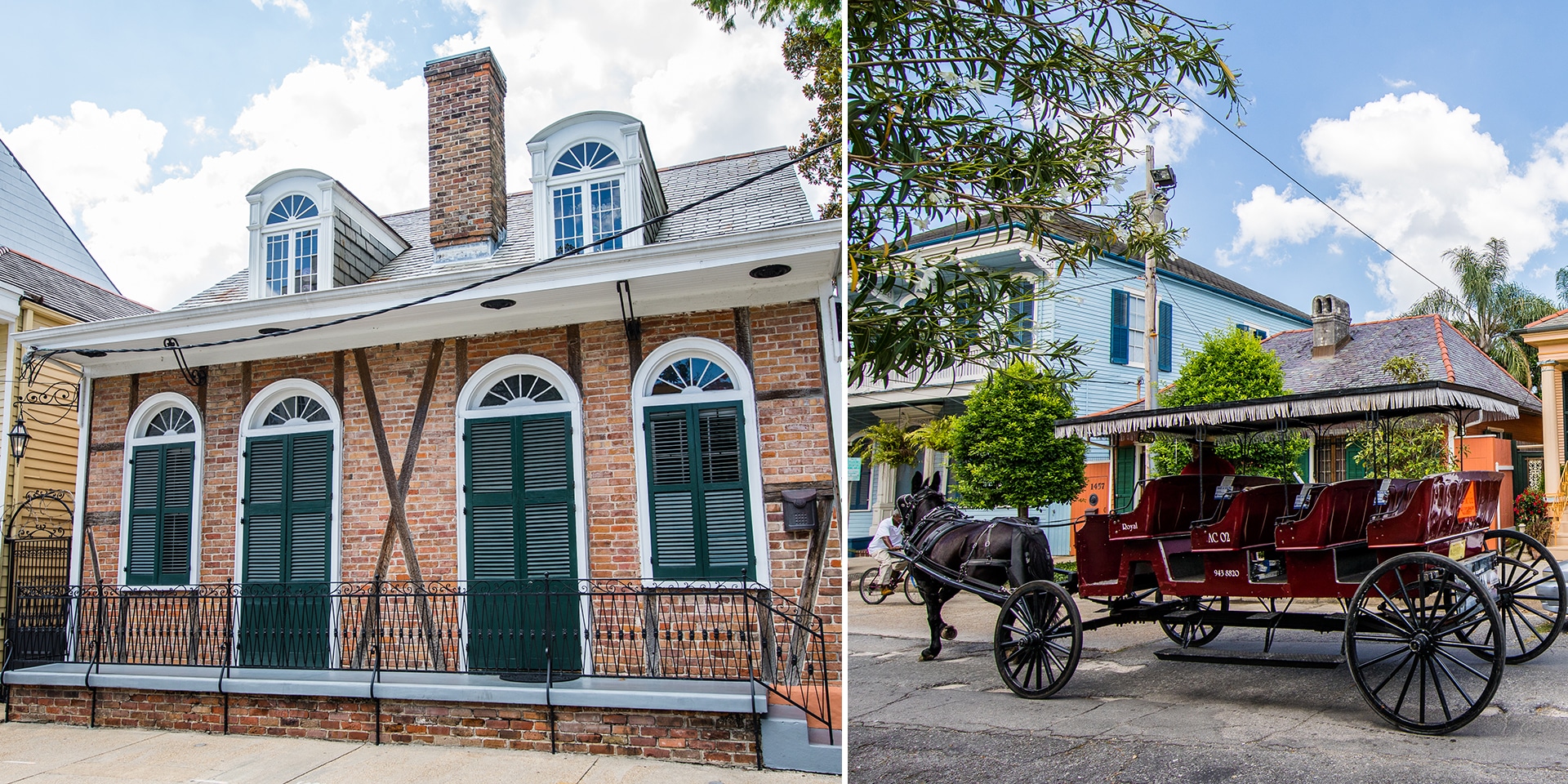
A few blocks east of Bourbon Street’s bustle, just up from where the Mississippi River bends into its famous crescent, is the Faubourg Marigny. This is an original Creole neighborhood named for New Orleans-born aristocrat Bernard de Marigny. When his father died in 1800, the 15-year-old de Marigny inherited a vast fortune along with the neighborhood’s namesake plantation.
Marigny lost the family homestead to gambling (he’s credited with creating the game of craps), but his loss was the city’s gain, because the Marigny — with its Creole cottages, night art market, indie shops and eclectic restaurants — is the one of the sweetest spots in town. It’s also home to a dynamic concentration of live music along three blocks of Frenchmen Street, studded with clubs, bars and the ever-present soundtrack of live brass bands keeping the beat on the corner.
Tip: Take a neighborhood bike tour or, even better, peddle your way through the company’s culinary tour for a delicious down-home slice of NOLA.
Central City
Central City is known for being the birthplace of jazz icons Buddy Bolden and Professor Longhair, and is defined historically by Dryades Street — renamed Oretha Castle Haley Boulevard, or OCH, after the civil-rights pioneer. This main drag was once the hub of a bustling, ethnically diverse business district served by five streetcar lines, but in the 1970s, Central City suffered from disinvestment, poverty and lack of economic opportunity, like with so many inner-city hubs.
Fortunately, the neighborhood is undergoing a renaissance thanks to a grassroots commitment to reinvestment led by Café Reconcile and the Ashe Cultural Arts Center (check website for virtual programs). The area continues to evolve as an important dining, shopping and cultural destination.
Now home to a slew of new-ish ventures including the Southern Food & Beverage Museum and Zeitgeist Multi-Disciplinary Arts Center, OCH also boasts working art studios and the OCH Art Market on the second Saturday of each month.
The neighborhood pops with eateries; add in a newly revitalized OCH Boulevard, complete with a neutral ground and a bike lane, and it’s clear that this historic neighborhood is writing its next chapter on the New Orleans map.
Tip: Central City is home to the annual Super Sunday Mardi Gras Indians mash-up on the Sunday closest to St. Joseph’s Day (March 19), a dazzling display of plumage and tribal pride.
New Orleans offers much to explore beyond the French Quarter. On your next trip, get to know the real city with a tour of its lesser-known, but just as exciting, neighborhoods.
